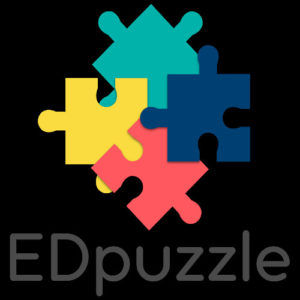As a group, we have chosen to evaluate the multimedia application called “Book Creator”. We agreed out of our group’s individually chosen apps, Book Creator was the most versatile in the classroom as it can be utilized in any subject area. This app is a favourite of many educators. Notably, Lisa Read, the District Technology Coordinator for SD 79, speaks highly of this app because of the opportunity it gives students to create, rather than consume. We also appreciate how it contributes to student-centred learning by allowing students to learn through their own creations. They can bring their ideas to life by combining text, images, audio, and video to create interactive stories. With Book Creator, the possibilities for creations are endless. Students can demonstrate their learning in each subject area using various formats such as journals, reports, instructional manuals, poetry books, etc. Students and teachers alike can benefit from using Book Creator to create content.
Book Creator also promotes several multimedia learning principles. Through the app, users can intertwine words and pictures together. This promotes learning through the Multimedia, Split-Attention, Spatial and Temporal Contiguity Principles. The app also has a recording feature, which users can use to narrate their creation. This adheres nicely to the modality principle. Book Creator can also be used collaboratively, which follows the Collaboration Principle. Like any piece of educational technology, the user can make decisions that follow multimedia principles. A skillful user could use Book Creator to follow the Segmenting, Personalization, Voice, Image, Guided Discovery, Worked Examples, Self-Explanation, and Feedback Principles. According to the SAMR framework, Book Creator allows for the transformation of learning. This technology allows for the creation of new projects and tasks that would otherwise be impossible.
References:
H. L. (2017). SAMR Model: A Practical Guide for EdTech Integration. Schoology Exchange. https://www.schoology.com/blog/samr-model-practical-guide-edtech-integration
McCue, R. (2020b, June 10). Lisa Read SD 79: Evaluating Educational Technologies [Mp3]. https://soundcloud.com/rich-mccue/interview-with-lisa-read-district-instructional-technology-coordinator-sd-79

Recent Comments